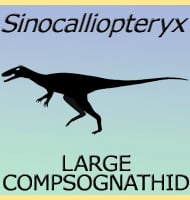Kulceratops
In Depth Kulceratops is a very interesting genus of ceratopsian dinosaur as the holotype has been dated to coming from a fossil deposit Albian of the Early Cretaceous in age. This makes Kulceratops a candidate for being one of the first ceratopsian dinosaurs to appear. Unfortunately Kulceratops is only known from a partial maxilla (upper … Read more
